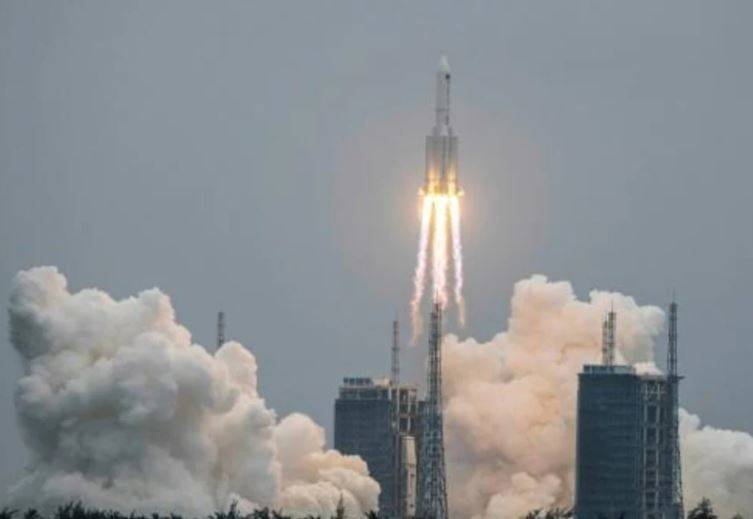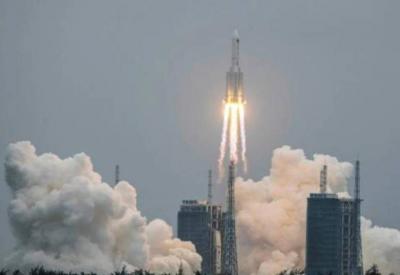U.S. Defense Secretary Lloyd Austin announced on Thursday that the Pentagon currently has no plans to destroy a Chinese rocket expected to enter the Earth's atmosphere in the next couple of days, potentially landing in a populated area. He subtly criticized Beijing for losing control of the rocket. During a press conference, in response to a question about the anticipated time of the rocket's fall, he stated, "According to the latest estimates I've seen, it is expected to occur on May 8 or 9." He added, "At this time, we do not have plans to destroy the rocket" and expressed hope that it would land in a place where it wouldn’t harm anyone, such as in the ocean.
Last week, China launched the first of three components for its space station (CSS) using the Long March 5B rocket. The body of this rocket is expected to fall in the coming days, but its exact landing location is unknown. After separating from the space station unit, the rocket began orbiting the Earth in an irregular trajectory, gradually descending, making it nearly impossible to predict where it will enter the atmosphere and thus where it will land.
The rocket may disintegrate upon entering the atmosphere, leaving only debris to fall to the ground. However, if the rocket remains intact, the most likely scenario is that it will fall into one of the oceans or seas, as water covers seventy percent of the Earth's surface. Nonetheless, this is not guaranteed; the rocket could land in a populated area or on a ship at sea.
In his press conference, the U.S. Secretary criticized China without naming it directly, implying that the rocket was launched without careful planning. Austin remarked, "This is evidence that, for those of us working in space, there is – or should be – a commitment to operate in a safe and considered manner that takes all of this into account when planning operations." This isn’t the first time China has lost control of a spacecraft upon its return to Earth; in April 2018, the Tiangong-1 space lab disintegrated upon re-entering the atmosphere after two years of being inactive. The Chinese authorities denied at that time that they had lost control of the lab.




